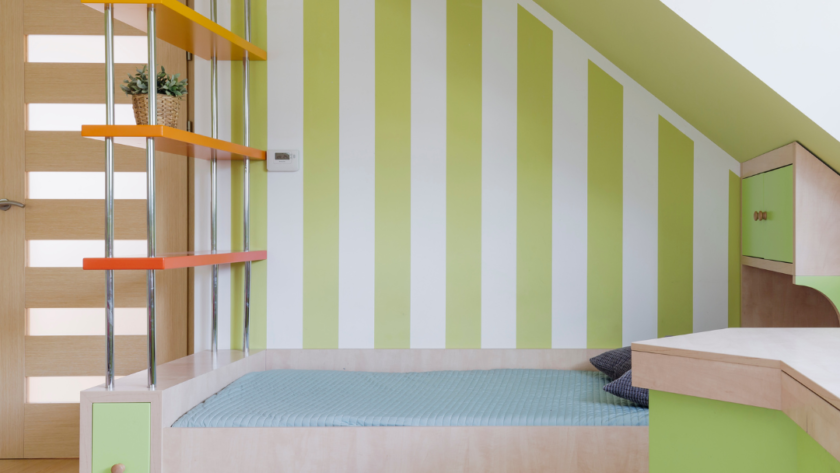As any parent or foster carer in the UK knows, creating a comfortable and functional living space for children can be a challenge, especially when dealing with small bedrooms. However, with a bit of creativity and smart design choices, you can transform even the most compact room into a cosy and inviting haven for your little ones. In this article, we’ll explore practical tips and tricks to help you make the most of limited square footage, ensuring your child’s bedroom is not only functional but also a reflection of their personality and interests.
Tip 1: Get the Children Involved
One of the most effective ways to create a space that truly resonates with your child is to involve them in the design process. Not only does this encourage a sense of ownership and pride, but it also allows you to incorporate their unique personalities and interests into the room’s overall aesthetic.
For foster carers, involving your foster children in the design process can be an excellent way to make them feel at home and welcome in their new environment. It’s important to remember that foster carers receive financial support to help cover the costs associated with caring for a child, including expenses related to setting up their living space. However, how much does a foster parent get paid can vary greatly depending on the child’s age, specific needs, and the agency’s policies.
Tip 2: Embrace Vertical Space
When floor space is at a premium, it’s crucial to take advantage of vertical space. Consider installing floor-to-ceiling shelving units or bookcases to maximise storage capacity. Not only will this provide ample space for books, toys, and other belongings, but it can also double as a decorative feature.
Tip 3: Opt for Multifunctional Furniture
In a small bedroom, every piece of furniture should serve multiple purposes. Look for beds with built-in storage drawers or a trundle bed that can accommodate an extra guest. Ottomans with hidden compartments or coffee tables with removable tops can also provide additional storage while serving as seating or a flat surface.
Tip 4: Create a Focal Point
While it might seem counterintuitive in a small space, creating a focal point can help draw the eye and add depth to the room. This could be a feature wall with a bold colour or wallpaper, a statement piece of artwork, or even a cosy reading nook with a plush armchair and a floor lamp.
Tip 5: Let in Natural Light
Natural light can work wonders in making a small space feel larger and more inviting. If possible, keep window treatments simple and light to allow maximum sunlight to filter in. If the room lacks natural light, consider installing strategically placed mirrors to reflect and amplify the available light.
Designing a small bedroom for children can be a rewarding and creative endeavour. By using just a few of these tips, you can transform even the most compact room into a comfortable and functional haven for your child.



